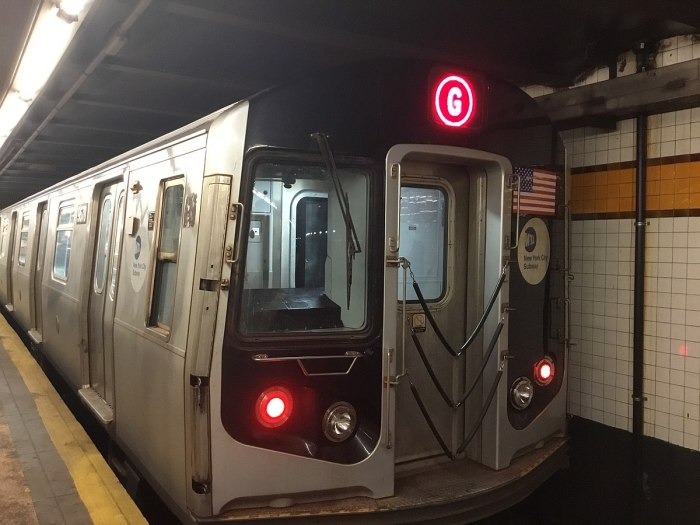
Eden Espaldon unfurled her sign supporting Sen. Bernie Sanders standing at the back of a victory rally at the Javits Center for Gov. Andrew Cuomo’s increase of the minimum wage.
Cuomo was speaking. Hillary Clinton was on deck.
They were celebrating the wage achievement, which will bring New York City and its suburbs up to $15 an hour in the next three to six years, along with a more modest increase upstate. The federal hourly wage is $7.25.
Espaldon, 58, a registered nurse and member of SEIU1199, said that Clinton was stealing Sanders’ signature issue. “This is Bernie’s agenda,” she said shortly after taking off her jacket to also reveal a Bernie shirt.
Such is the state of the progressive movement: Nurtured by grassroots groups and then brought into the mainstream by moderate Democrat leaders.
Origins of the fight
In 2012, some 200 fast-food workers walked off the job in New York City, launching the Fight For 15 movement demanding a higher wage. The federal minimum wage at the time was less than half that goal. In the spirit of Occupy Wall Street and other economic justice movements, the workers demanded a living wage for hard work.
In cities from Seattle to San Francisco to New York City, labor and grassroots progressive groups held marches, strikes, and rallies, continuing the pressure. The talking points — fair wages, holding corporations accountable, the power of solidarity — are similar to the message of Sanders’ campaign. The Vermont senator supports a federal minimum wage of $15.
The progressive groundswell was enough to make Cuomo embrace the cause. He has used various levers of power to achieve an increase — first for state employees and, via a wage board decision, fast-food workers, and now through legislative action an increase for many workers statewide, though opposition from Republicans upstate limited the increase there to $12.50 until 2020.
Clinton, who supports a $12 federal minimum wage supplemented by higher increases locally, praised Cuomo for skillfully handling those levers of power to get real results for real people, an outcome that she intimated her opponent would not have the patience for. It’s easy to call for a minimum wage increase, her argument goes, but hard to package it carefully enough to overcome business and a Republican-controlled Senate.
But the issue itself would have been easy enough to ignore without the persistence of the progressive Fight For 15 movement. Its attention, combined with the energies of more moderate officials, won this necessary increase.
A transformation
Espaldon and her Bernie banner were quickly surrounded by a sea of Local 338 signs (“Bettering the lives of our members and all working people”). The local’s parent union endorsed Clinton in January. Soon, she was shown the door.
Outside, Espaldon said that she supported her union’s minimum wage fight — she’d been to a rally in Foley Square on the issue.
She said the way the economy was going, the widening gap between rich and poor, was not “sustainable.” For this reason, she supported Sanders, and she was discomfited by other politicians adopting his rallying cries. Still, it might be the highest praise from the Democratic Party, watching and beginning to act upon the campaigns of its progressive wing.
Describing a stage that included Cuomo, Clinton, and other elected officials, Espaldon identified what she saw as a transformation.
“They are becoming Bernies,” she said.
This is amExpress, the conversation starter for New Yorkers. Subscribe at amny.com/amexpress.
































